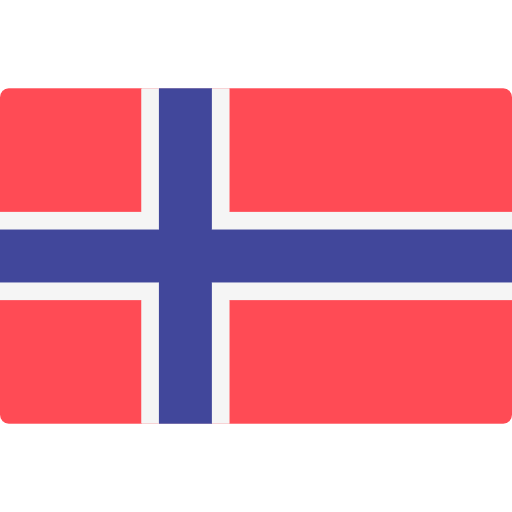Hydrocarbon contaminants in seafoods post-spill

By John Reuter, Eurofins Central Analytical Laboratories, USA
Following the BP Deepwater Horizon oil spill in the Gulf of Mexico (April 2010) concerns arose about the potential risk for contamination of seafood stemming from polynuclear aromatic hydrocarbons (PAHs) and aliphatic hydrocarbons present in the oil. This perception continues in the US marketplace even though all testing performed so far has demonstrated the absence of any issue. It is anticipated that monitoring of Gulf seafood by private and regulatory laboratories will continue throughout 2011.
PAH testing as indicated by US federal and state food regulatory agencies includes 16 important PAH compounds. Included in these quantitative requirements are the alkyl homologues of phenanthrene, naphthalene, fluorine and others, which are thought to be the predominant PAH species in the Deepwater Horizon crude oil source.
The analytical chemistry community has responded to the need for a more efficient testing method. AOAC International is sponsoring a collaborative study of a Czech method, to which Eurofins is participating, for the determination of PAHs using ethyl acetate extraction, solid phase extraction column cleanup, and a GC- “Time of Flight/MS” (GC-TOF/MS) instrumental method for the rapid analysis of seafood samples. The method has shown excellent sensitivity and expectations are high for improved analytical performance because of the reduced preparation steps compared to the current regulatory reference method.
Eurofins is in the forefront of high quality food safety testing and in response to this situation has offered rapid and precise testing for PAHs and aliphatic hydrocarbon residues in water, various types of seafood (e.g. crab, fish, oyster, shrimp, and fish by-products such as fish oils) for government agencies and commercial buyers of US seafood.
For further information, please contact johnreuther@eurofinsus.com or your local Eurofins contact person.















































